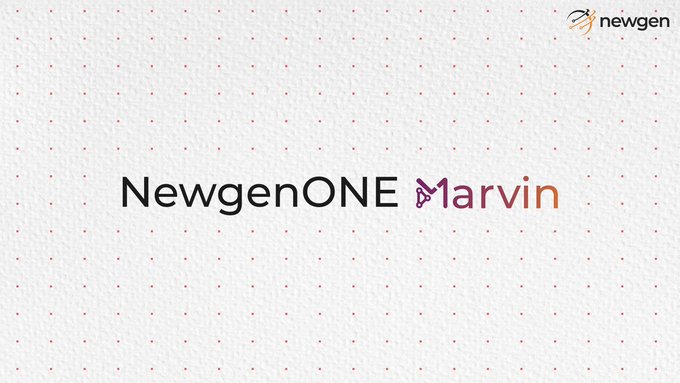What Is Open Banking?
Touted as the ‘new face of digital transformation’, Open Banking derives its name from ‘Open Innovation’, which was coined by Henry Chesbrough who defined it as-
“Open innovation is the use of purposive inflows and outflows of knowledge to accelerate internal innovation, and expand the markets for external use of innovation, respectively.”
– Open Innovation: Researching a New Paradigm
Increasing customer expectations have mandated innovation and the delivery of better digital customer experience. However, as digital ecosystems evolve into innovative operating models, like Tencent (WeChat) and Alibaba in China, they begin to collide. And, in such a scenario, if they are unable to share information between themselves, it can result in critical loss of innovation.
This is where Open Banking and open APIs become crucial. Without interoperability and open banking, banks will not be able to access valuable innovations, which can directly benefit them and their customers. By allowing the sharing of their transaction data with third parties, a customer will gain a holistic view of their finances, thereby simplifying their management and control.
Why Should You Care?
Open banking can have a number of potential benefits for banks, ranging from new revenue streams and improved customer experience to a sustainable service model for traditionally underserved markets. Moreover, a lot of advancements till now have come from firms outside the financial services realm, making it more important for banks to adapt for sustainability.
The ball has already been set rolling with well-known players like Mint, and the number of financial institutions engaging with API integration is steadily growing. So far, 67 firms have been using Open Banking and, according to the Open Banking Implementation Entity (OBIE), the technology was used 3 million times in July, up from 2 million usages in June. Some examples include alternative underwriters such as Lending Club in the United States, Lenddo in the Philippines, M-Shwari in Africa, which uses data from social media to predict the financial stability of a consumer, and payments disruptors like Stripe and Braintree.
How Prepared Is Your Bank?
Open banking is the next big revolution and it is not around the corner anymore. In an environment that changes this rapidly, it is important that your bank focuses on agile processes, which are not service specific. Adding on applications to your business processes and systems can, at best, lead to what Henry Ford described as “faster horses”. You need flexibility and contextualization in your enterprise architecture to support diverse customer interactions and adaptability.
Contextualization will optimize customers’ experiences and journeys. Whereas adaptability will offer the technological cornerstones that are required to compete in the post-open banking era.
Sources: https://www.openbanking.org.uk/about-us/news/open-banking-progress-update-july-august-2018/






